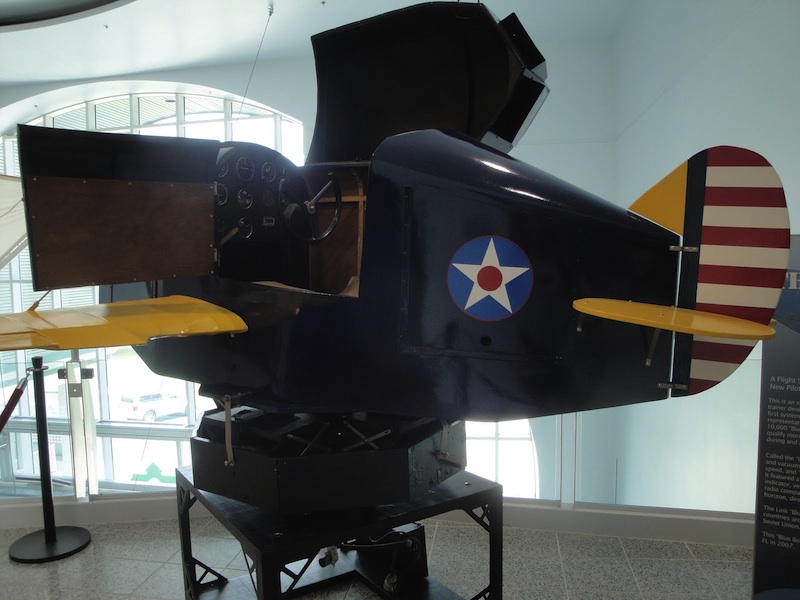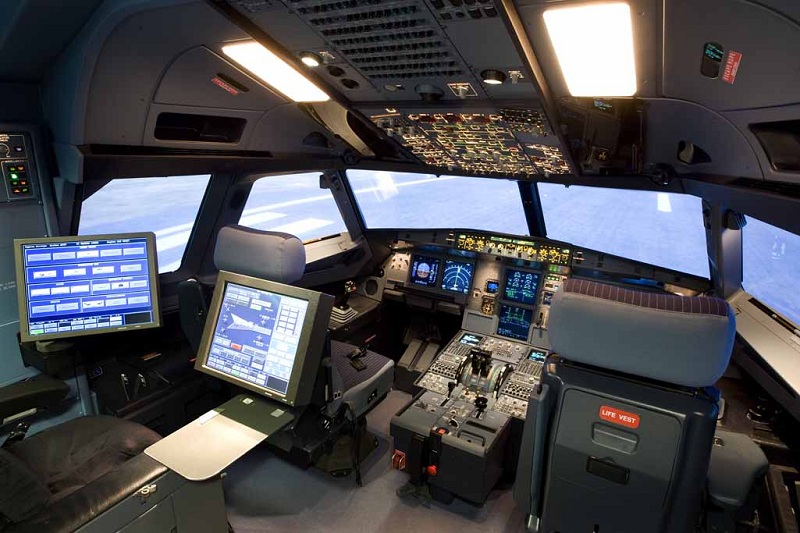Description #
An Introduction to the study of human factors
Learning Objectives #
At the end of the unit students should have an understanding of the history and rationale behind the study of human factors as they relate to error management.
Introduction To Human Factors in Medicine Lecture #
Introduction to Human Factors #
Introduction to Human Factors in Medicine
In 1999, a U.S. study found that preventable medical errors were responsible for 44,000, and perhaps as many as 98,000 deaths in the American hospitals. The lower figure of 44,000 exceeded the number of deaths from severe trauma, breast cancer, and HIV at that time. In the U.S., medical error is the eighth most common cause of death. The study also concluded that, contrary to conventional wisdom within the healthcare community, the majority of these errors were not caused by individual recklessness, but rather due to other, predictable factors, which either led people to make mistakes or failed to prevent them. These factors are also present in other professions dealing with complex systems and situations such as the military, civil aviation and nuclear power plant operation.
The study of Human Factors in aviation
 #
#
Human error vs machine error in aviation.
The study of human factors in the aviation industry began in earnest in the 1970’s. The introduction of jet aircraft in the 1950’s resulted in a steep drop in accidents due to mechanical failure. In addition to this increase in aircraft reliability, airports and the air traffic control system were becoming more and more sophisticated, accurate, and in theory safer, but there was no corresponding decrease in the overall accident rate. Increased training, regulation and enforcement brought only a small improvement in the safety record.
Detailed study of accidents revealed that improper handling of the aircraft caused only a small percentage of mishaps. Errors in crew coordination, communication and decision-making played a larger role in accidents than technical knowledge or ‘stick and rudder’ skill on the part of the crew.
Research found that these soft skills were greatly influenced by physiological, cognitive and ergonomic factors, which are now generally referred to as Human Factors. In civil aviation it is generally accepted that the part played by Human Factors in accidents and incidents is in the range of 70%-80%. In Canada, yearly human factors training is a requirement for all commercial pilots and flight attendants as mandated by the Canadian Air Regulations (CAR’s).
Human Factors research in the health-care industry is a relatively recent phenomenon, but appears to mirror the experience in civil aviation, i.e., 70%-80% of medical error can be traced to Human Factors.
The role of simulation

1930’s era Link trainer
Simulators have been an integral aspect of pilot training for a very long time.

Airbus A320 simulator
From being a simple tool to practice drills and procedures, simulators have evolved to such an extent that nowadays, hands-on training in the actual aircraft is no longer required for pilot type certification; simulator training has also evolved to encompass both the ‘hard’ technical skills of aircraft operation as well as the ‘soft’ skills of communication, decision-making, problem solving and teamwork.

The use of simulation in the medical field offers the same benefits as those found in pilot training; improving both technical and soft skills through the use of simulators has the potential to improve both the quality and safety of patient care.
